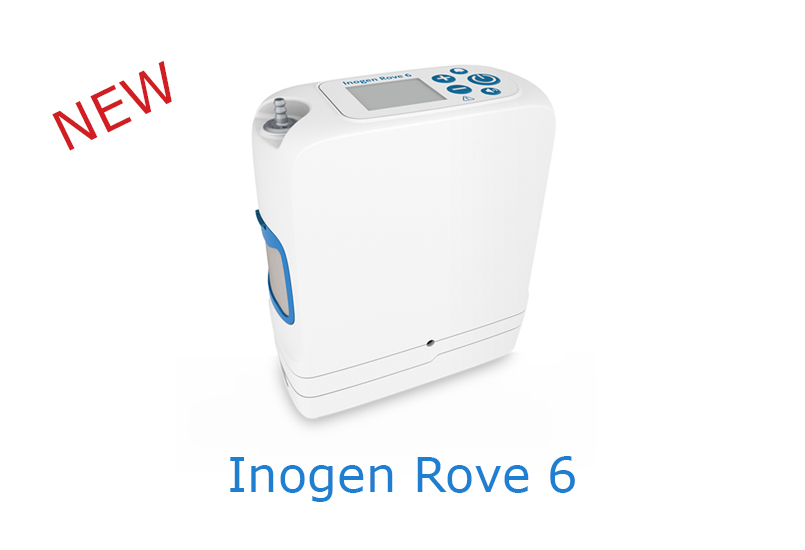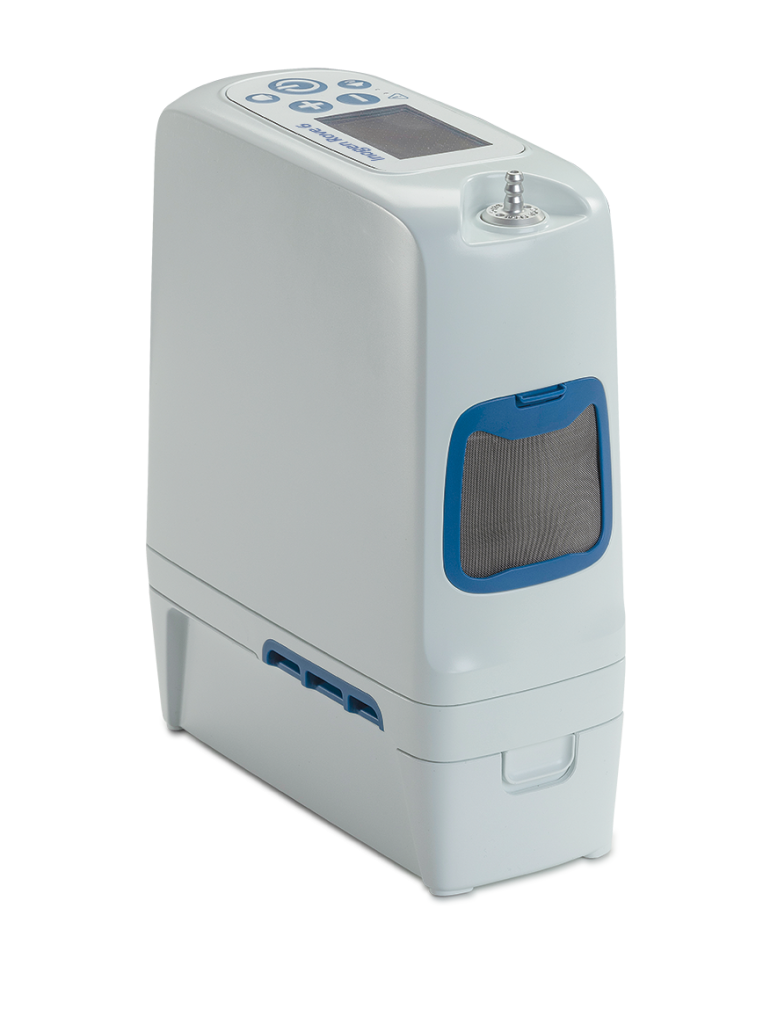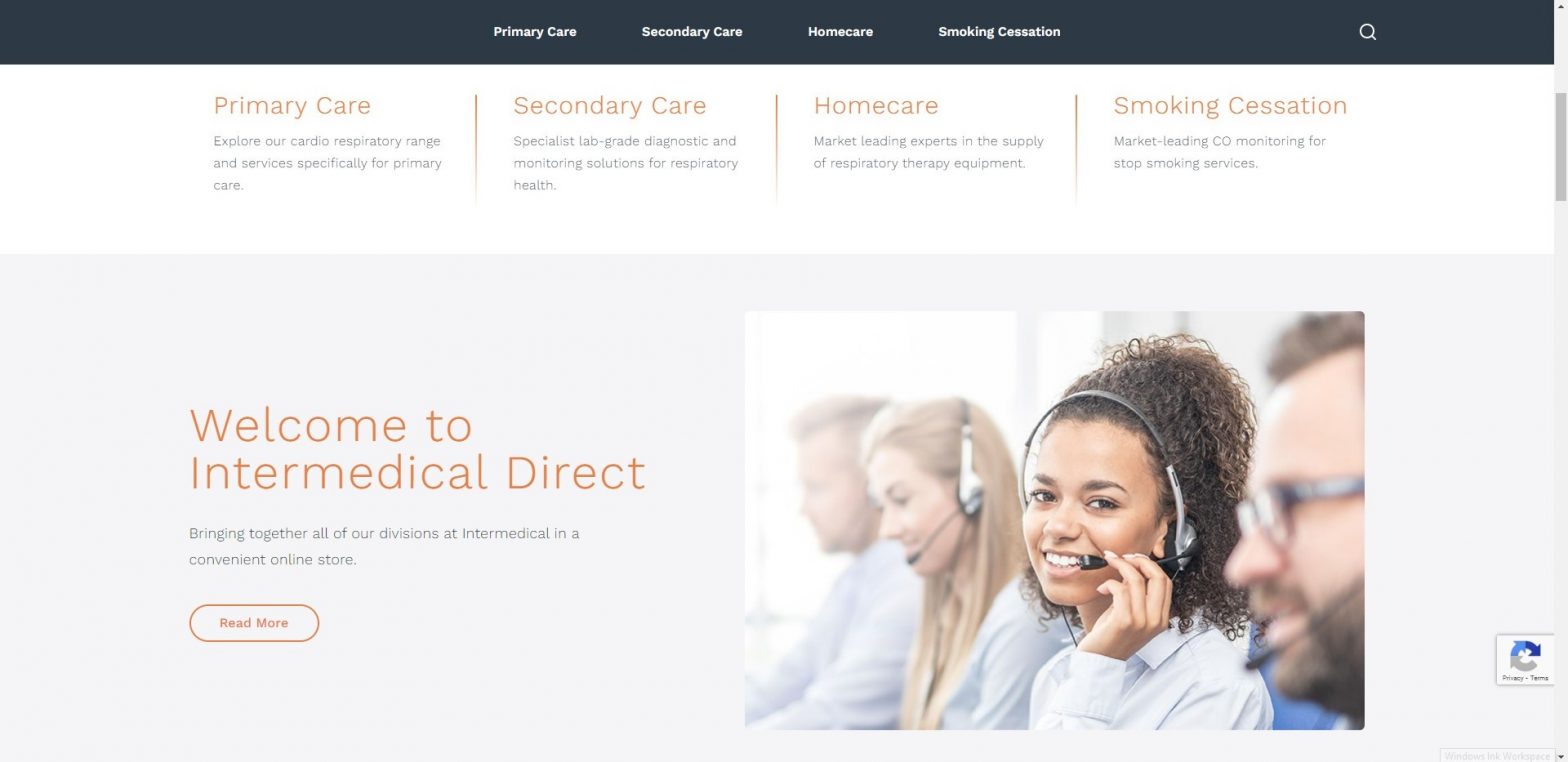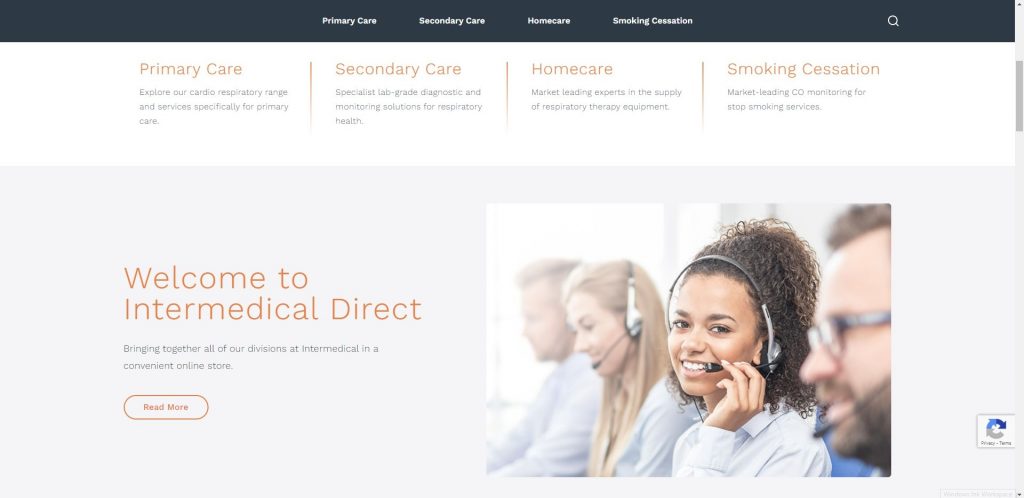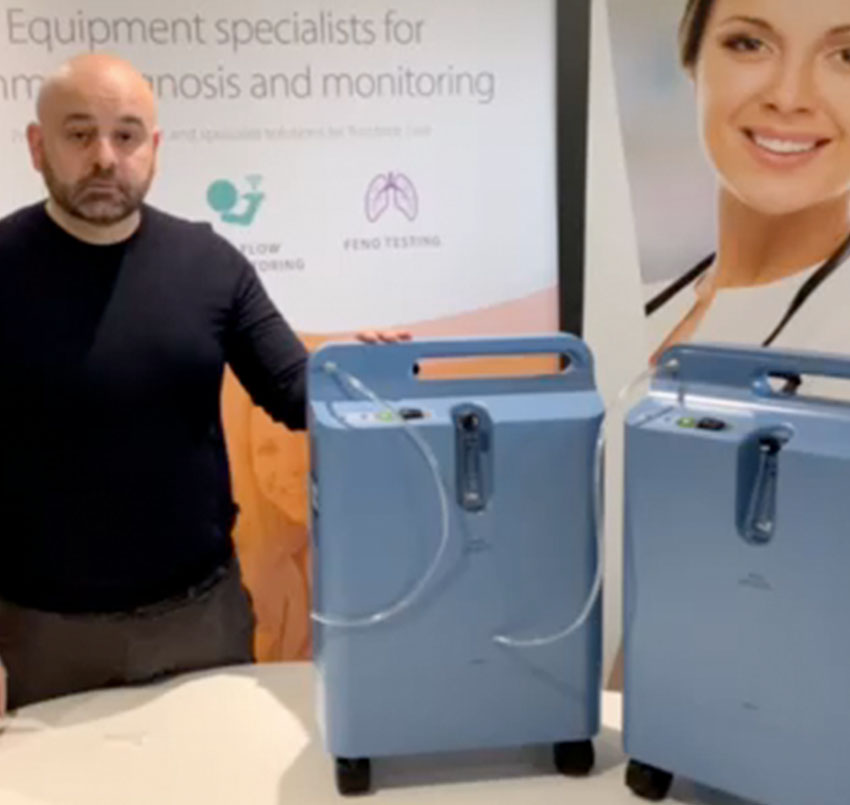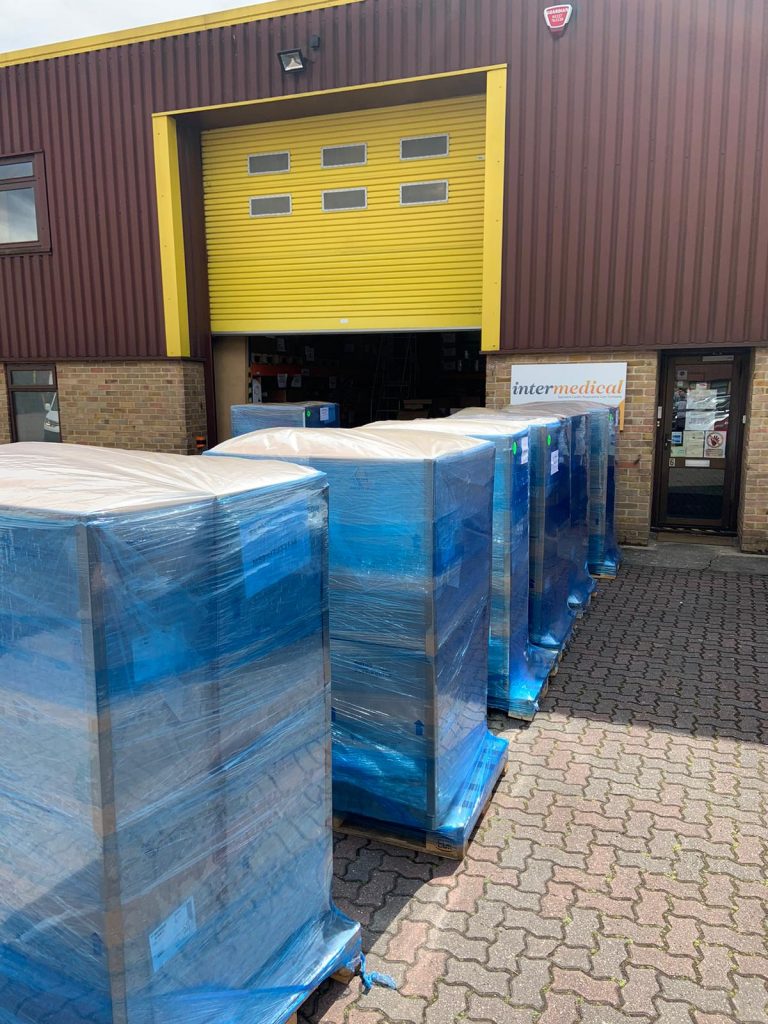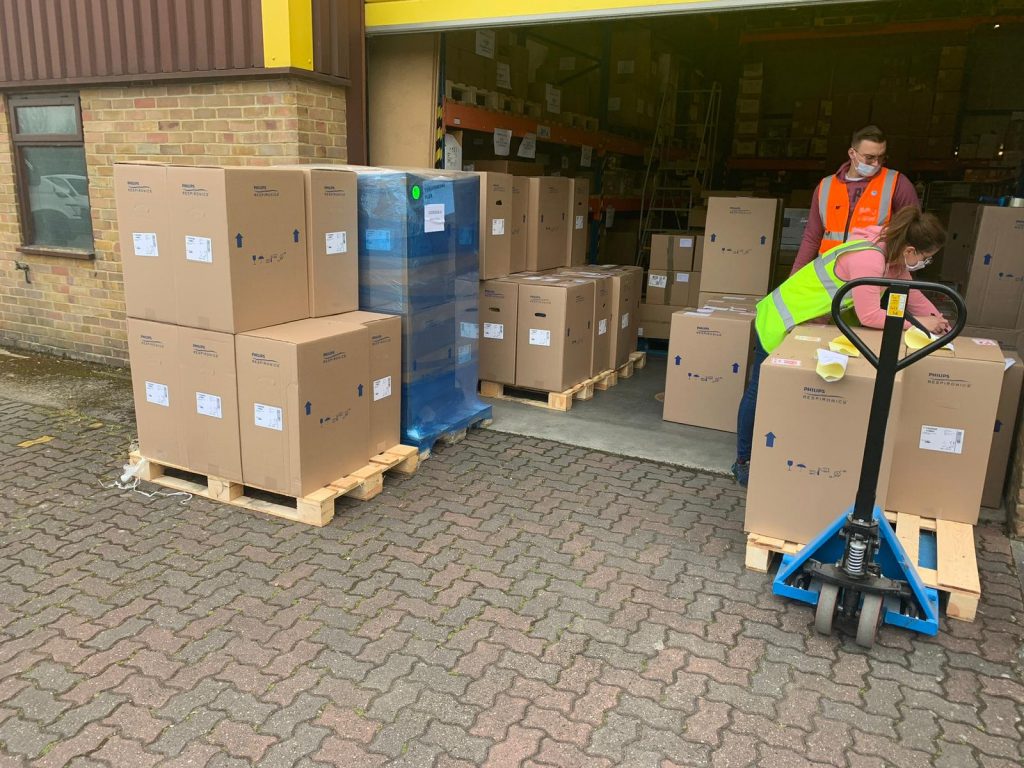For people who require oxygen therapy, traveling on a flight can be challenging. Air travel can affect oxygen levels and can be risky for those who depend on a continuous supply of oxygen. In the past, the only option for oxygen-dependent individuals was to use bulky oxygen tanks, which were not allowed on flights due to safety regulations. However, with the advent of portable oxygen concentrators (POCs), it has become possible to travel on a flight with oxygen therapy.
A POC is a small, lightweight device that extracts oxygen from the air and delivers it to the user through a nasal cannula or mask. These devices are designed to be carried easily and are permitted on flights, subject to certain rules and regulations. Here’s what you need to know if you plan to travel with a POC.
Firstly, it is important to note that different airlines have different policies when it comes to carrying POCs on flights. Most airlines require the user to inform them in advance about their requirement for oxygen therapy and provide them with a doctor’s certificate stating their need for oxygen. It is recommended to check with the airline before booking your tickets to ensure that you meet all the requirements.
Secondly, the user needs to ensure that the POC meets the FAA (Federal Aviation Administration) requirements for use on flights. The FAA has specific rules and regulations regarding the use of POCs on flights, such as the maximum flow rate of oxygen allowed, the size and weight of the device, and the battery life. Users are advised to purchase a POC that is FAA-approved and meets all the necessary requirements.
FAA approved portable concentrators list on our site: find out more click here.
It is also important to note that POCs cannot be used during take-off, landing, or at any time when the seatbelt sign is on. Users are required to switch off the device during these times and use any other oxygen delivery system provided by the airline. The POC can only be used when the seatbelt sign is off, and the user is free to move around the cabin.
Lastly, it is essential to carry enough batteries for the duration of the flight. The FAA requires the user to carry enough batteries to last 150% of the flight time. For example, if the flight is six hours long, the user needs to carry enough batteries to last for nine hours.
In conclusion, traveling with a POC on a flight is possible, but it requires some preparation and adherence to the rules and regulations set by the FAA and the airline. If you are planning to travel with a POC, ensure that you have all the necessary documents and batteries, and check with the airline before booking your tickets to ensure that you meet all the requirements. With proper planning and preparation, people who require oxygen therapy can travel safely and comfortably on flights with the help of POCs.
Always check with your airline before travelling as extra medical forms might need to be submitted before allowing the passenger onboard.



